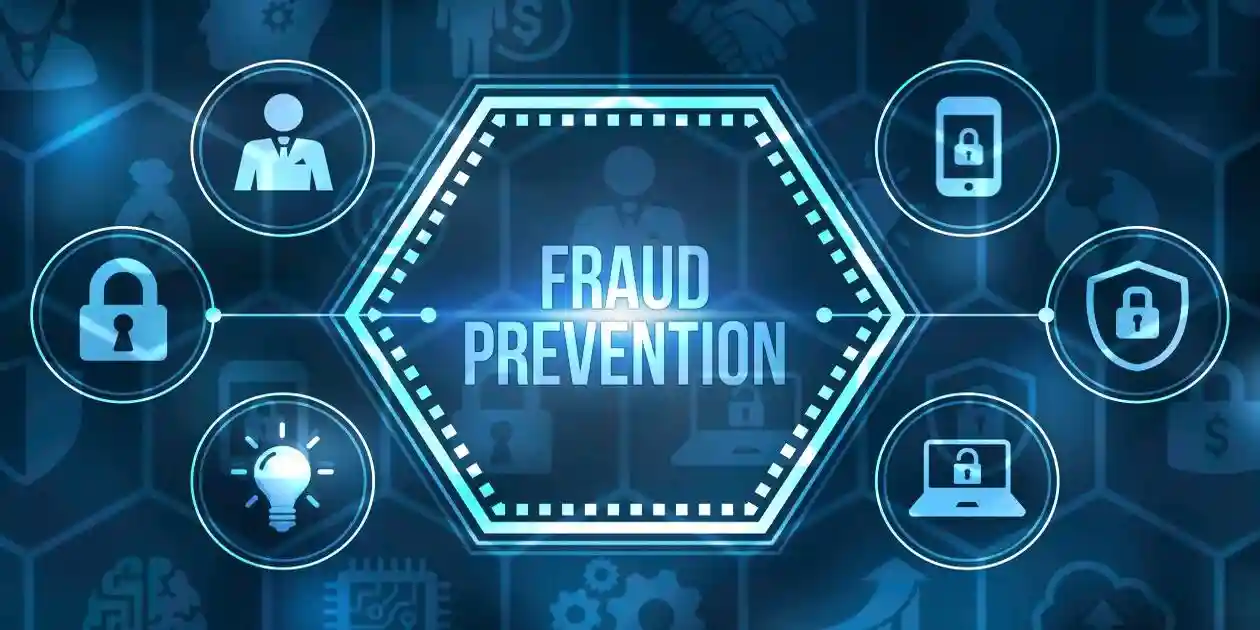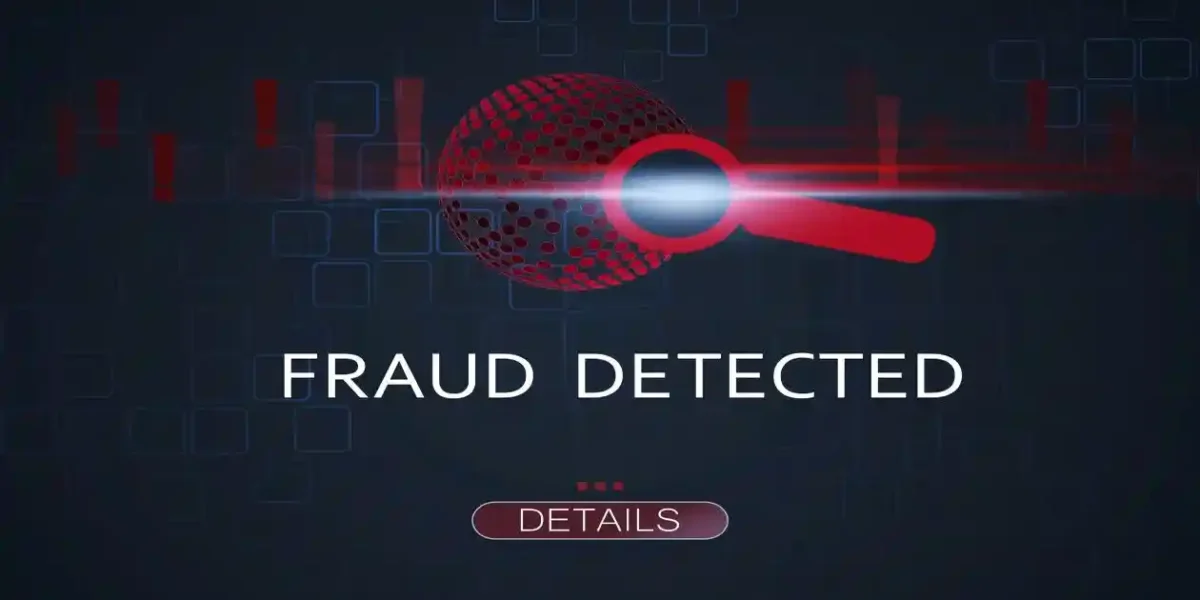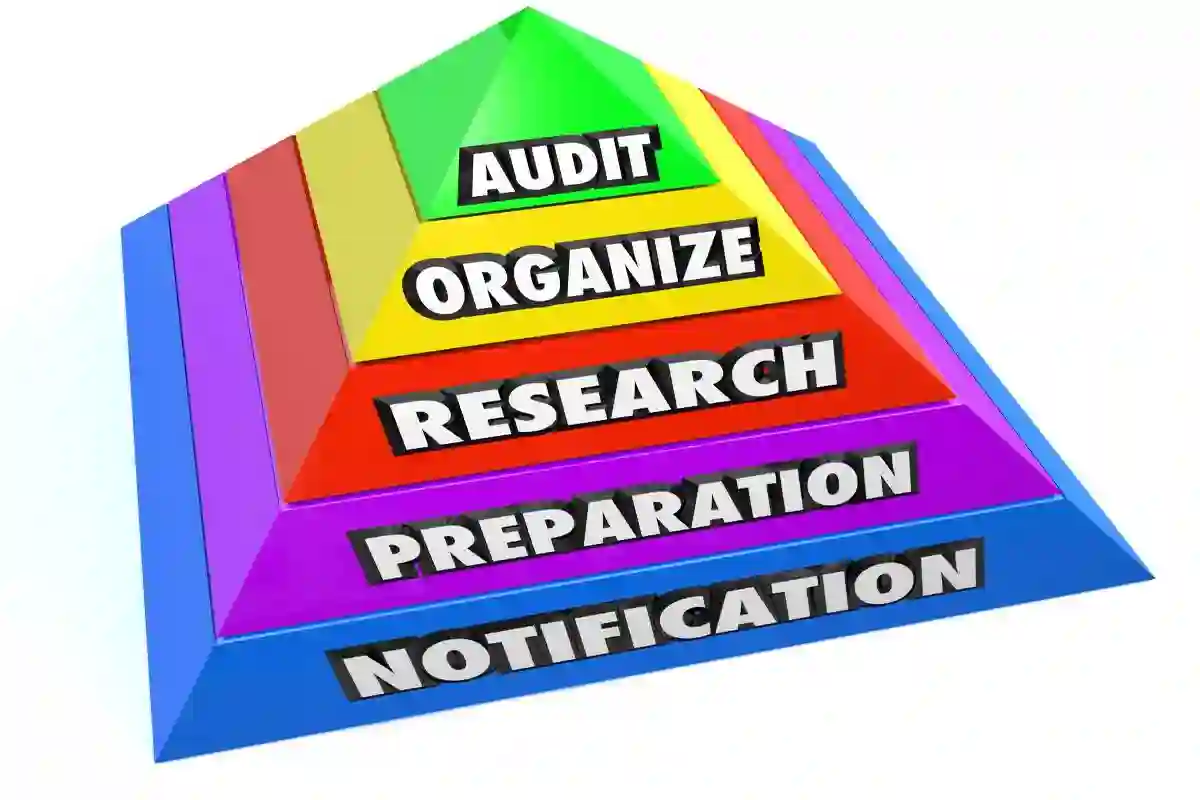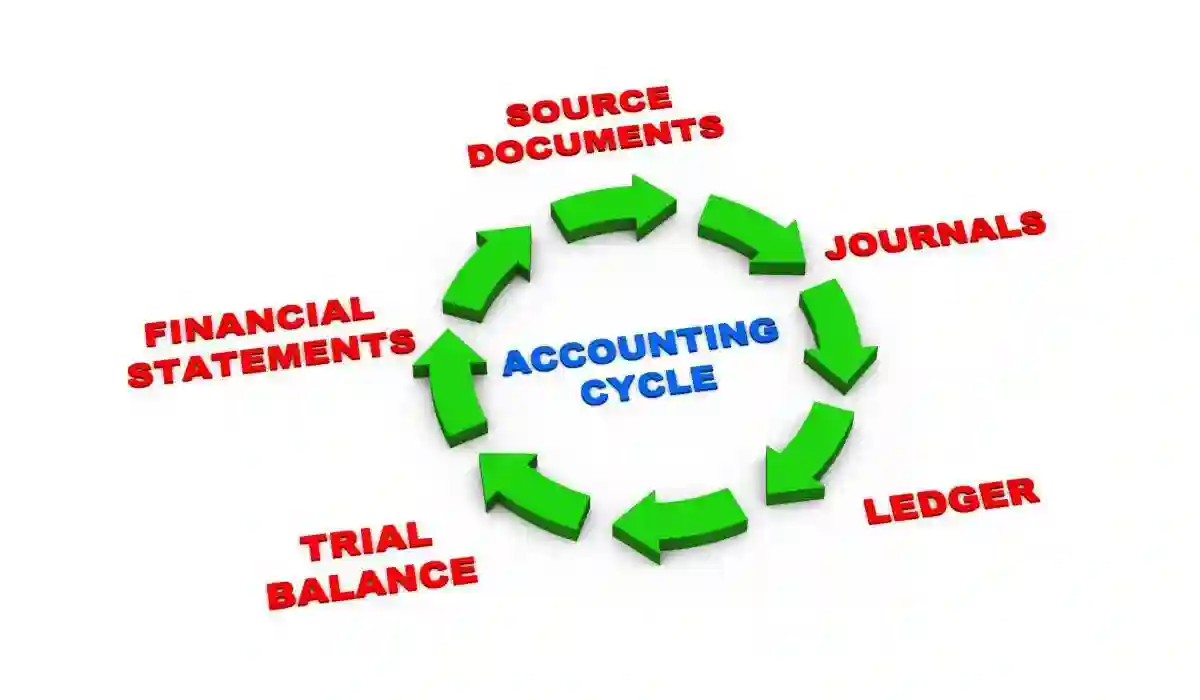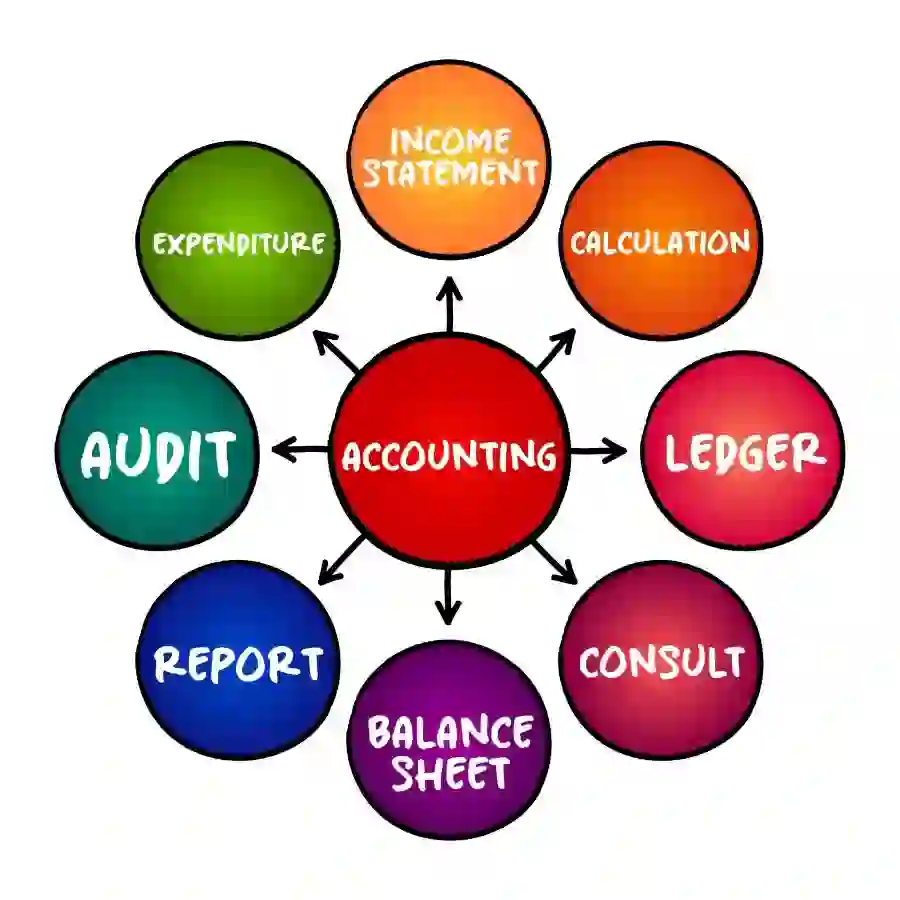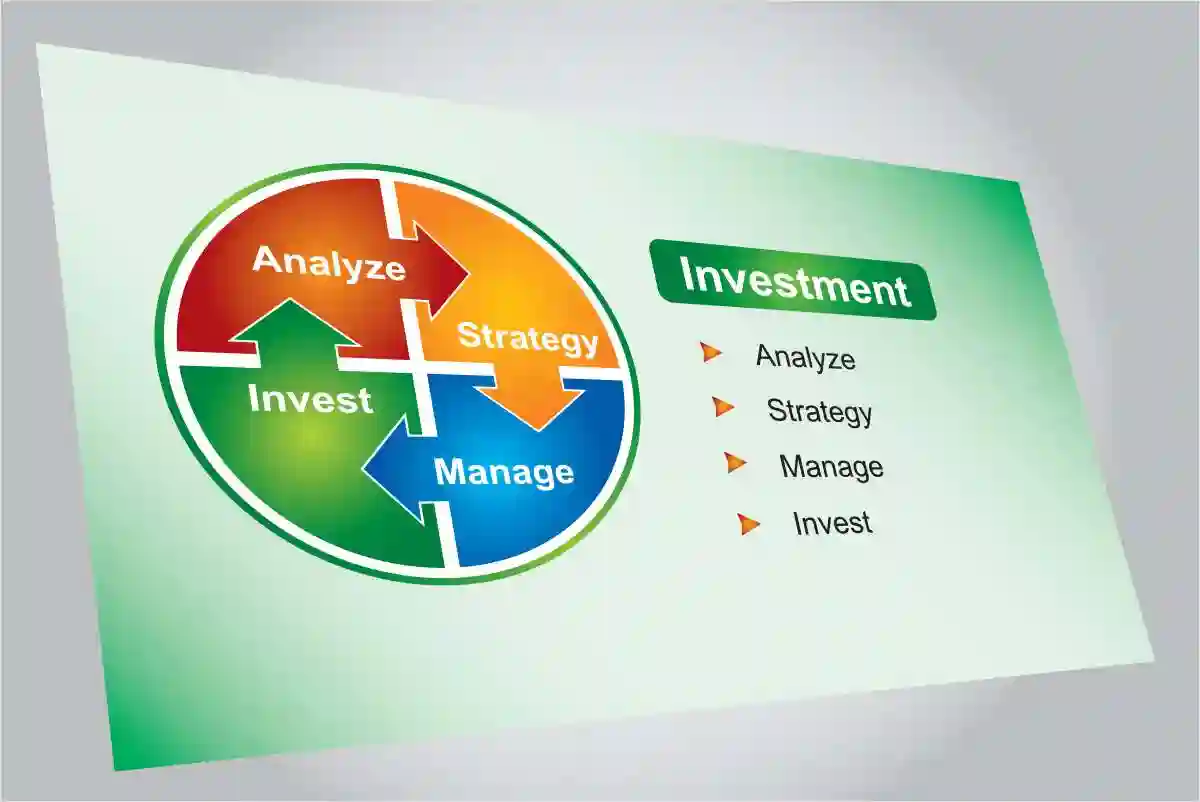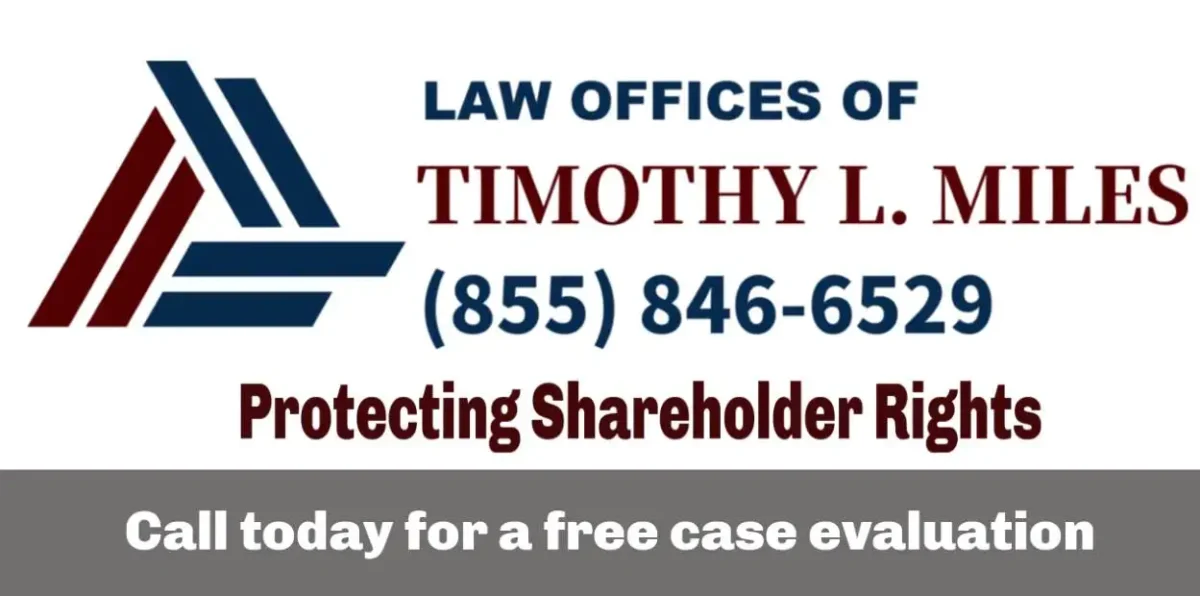Introduction to Implementing Strong Internal Controls
Implementing Strong Internal Controls: Encompasses the comprehensive development and implementation of processes, policies, and regulations that ensure organizational efficiency, ethical operations, and robust stakeholder responsiveness.These internal controls serve as the
Implementation Process
The systematic approach involves four critical phases:
- Conducting thorough risk assessment to identify potential vulnerabilities
- Designing and documenting detailed control mechanisms
- Deploying controls and providing comprehensive staff training
- Continuously monitoring effectiveness and refining risk management strategies
Corporate Governance
Represents the sophisticated system of rules, practices, and processes directing and controlling modern organizations. This framework:
- Carefully balances diverse stakeholder interests, including shareholders, management, customers, and community members, while providing a structured approach to achieving organizational objectives through enhanced accountability and responsibility.
- Establishes the ethical foundation necessary for sustainable business operations, protecting long-term shareholder value and maintaining market confidence.
- Creates a robust structure for implementing and maintaining effective internal controls.
Complex Environment
Today’s businesses navigate an increasingly intricate regulatory landscape, where understanding various frameworks becomes essential for:
- Protecting shareholder interests effectively
- Fostering sustainable organizational growth
- Maintaining compliance with evolving regulations
- Preventing costly securities litigation
- Implementing robust internal controls
Transparency through Financial Reporting
This critical process involves:
- Open disclosure of financial performance metrics
- Accurate presentation of operational risks
- Clear communication of business activities
- Comprehensive stakeholder reporting
- Building trust through accountability
- Preventing fraudulent activities
- Maintaining complete and timely financial records
- Providing clear insights into organizational health
The transparency framework helps prevent securities litigation by ensuring shareholders receive accurate, timely information about company performance and risks.
Securities Litigation
Often emerges from inadequate internal controls that allow:
- Shareholders to rely on misleading financial disclosures
- Material misstatements to remain undetected
- Financial losses following corrective disclosures
- Collective legal action to recover damages
- Significant reputation damage to organizations
Common Financial Statement Fraud Schemes
| Scheme Type | Description | Example |
| Fictitious Revenue | Recording non-existent sales through false documentation and phantom customers | Creating counterfeit sales contracts or engaging in fraudulent bill-and-hold arrangements that lack economic substance |
| Premature Revenue Recognition | Recognizing revenue before satisfying essential accounting criteria | Accelerating revenue recognition before completing contracted service obligations or product delivery requirements |
| Channel Stuffing | Forcing excessive inventory into distribution channels to artificially inflate sales | Providing unusual incentives to distributors to accept unnecessary inventory levels that exceed reasonable demand |
| Asset Overstatement | Deliberately inflating reported asset values through accounting manipulation | Recording phantom inventory or applying inadequate depreciation to overstate asset carrying values |
| Liability Concealment | Hiding financial obligations through improper accounting treatments | Deliberately understating debt levels or warranty obligations through accounting manipulation |
| Material Omissions | Withholding critical information required for informed investment decisions | Failing to disclose significant related party transactions or contingent liabilities |
| Journal Entry Manipulation | Falsifying accounting records through improper manual adjustments | Making unsupported last-minute entries near reporting deadlines to manipulate results |
Understanding Internal Governance and Its Importance
Pivotal Role of Corporate Governance
Modern corporate landscapes demand sophisticated internal governance mechanisms that:
- Create comprehensive frameworks for organizational efficiency and ethical operations
- Establish robust internal controls to prevent financial misstatements
- Build stakeholder trust through transparent operations
- Enhance organizational integrity through systematic oversight
- Reduce exposure to securities litigation through proactive compliance
By fostering a culture of accountability, organizations can effectively:
- Mitigate operational failure risks
- Prevent corporate misconduct
- Strengthen internal controls
- Protect shareholder interests
- Maintain regulatory compliance
Internal governance extends beyond basic compliance to create:
- Robust organizational culture
- Effective resource management
- Strategic goal alignment
- Ethical business practices
- Sustainable growth frameworks
As business scrutiny intensifies, strong internal governance becomes crucial for:
- Maintaining competitive advantage
- Protecting shareholder value
- Preventing securities litigation
- Ensuring operational efficiency
- Building stakeholder confidence
- The significance of internal governance transcends regulatory requirements
- It creates sustainable frameworks supporting long-term stability
- Enhanced decision-making processes emerge from strong governance
- Transparent communications improve stakeholder relations
- Business success directly correlates with governance quality
What Are Internal Controls?
Internal controls represent essential mechanisms designed to:
- Ensure financial information reliability
- Maintain operational integrity
- Safeguard organizational assets
- Guarantee accurate financial records
- Promote operational efficiency
- Prevent fraudulent activities
- Protect shareholder interests
- Minimize securities litigation risks
Implementing strong internal controls becomes crucial for:
- Preventing financial fraud
- Detecting operational errors
- Improving organizational efficiency
- Protecting stakeholder interests
- Maintaining regulatory compliance
These controls are strategically classified into:
- Preventive controls: Designed to stop errors or fraud before occurrence
- Detective controls: Implemented to identify issues after they happen
- Corrective controls: Established to address and rectify identified problems
Preventive Controls: These sophisticated control mechanisms serve as the first line of defense by:
- Creating robust barriers against potential errors and irregularities
- Implementing systematic checks before transactions are processed
- Establishing clear segregation of duties among personnel
- Requiring proper authorization for significant transactions
- Maintaining detailed documentation requirements
- Installing automated system controls and validations
- Conducting thorough employee background checks
- Providing comprehensive staff training programs
Detective Controls: These critical oversight mechanisms focus on:
- Identifying discrepancies after transactions occur
- Conducting regular reconciliations and reviews
- Performing internal audits and assessments
- Monitoring unusual patterns or activities
- Analyzing performance metrics and variances
- Reviewing access logs and system reports
- Evaluating compliance with established procedures
- Investigating suspicious transactions promptly
Corrective Controls: These essential remedial measures concentrate on:
- Addressing identified control weaknesses systematically
- Implementing solutions for detected anomalies
- Strengthening existing control frameworks
- Updating policies and procedures as needed
- Enhancing monitoring mechanisms
- Providing additional staff training
- Documenting corrective actions taken
- Following up to ensure effectiveness
By understanding and implementing these control categories comprehensively, organizations can develop robust internal control frameworks that:
- Protect shareholder interests effectively
- Minimize exposure to securities litigation
- Enhance operational efficiency
- Strengthen corporate governance
- Maintain regulatory compliance
- Build stakeholder confidence
- Support sustainable growth
- Foster ethical business practices
The Strategic Role of Internal Controls in Corporate Governance
Corporate governance represents the cornerstone of organizational integrity, establishing:
- Clear accountability frameworks
- Transparent decision-making processes
- Effective oversight mechanisms
- Strong ethical standards
- Comprehensive risk management
- Robust compliance systems
- Sustainable business practices
- Protection of stakeholder interests
Internal controls serve as fundamental components by:
- Safeguarding organizational assets
- Ensuring accurate financial reporting
- Preventing fraudulent activities
- Detecting operational inefficiencies
- Supporting strategic objectives
- Maintaining regulatory compliance
- Building investor confidence
- Minimizing legal exposure
The integration of internal controls within corporate governance:
- Enhances organizational transparency
- Strengthens accountability measures
- Improves operational efficiency
- Protects shareholder value
- Reduces compliance risks
- Supports sustainable growth
- Builds stakeholder trust
- Prevents securities litigation
Furthermore, robust internal controls significantly contribute to:
- Reliable financial reporting systems
- Enhanced operational effectiveness
- Strong compliance frameworks
- Improved risk management
- Better resource allocation
- Increased stakeholder confidence
- Reduced fraud exposure
- Sustainable business practices
Key Components of Effective Internal Controls
Building comprehensive internal control systems requires:
- Strong control environment foundation
- Systematic risk assessment processes
- Effective control activities
- Reliable information systems
- Clear communication channels
- Regular monitoring mechanisms
- Continuous improvement focus
- Stakeholder engagement
Control Environment: This foundational element encompasses:
- Organizational values and ethics
- Management’s commitment to integrity
- Board oversight effectiveness
- Clear organizational structure
- Strong corporate culture
- Employee competence focus
- Authority delegation frameworks
- Performance accountability
Risk Assessment: This critical process involves:
- Systematic risk identification
- Comprehensive risk evaluation
- Strategic response planning
- Regular risk monitoring
- Impact assessment procedures
- Mitigation strategy development
- Continuous risk review
- Stakeholder communication
Control Activities: These essential procedures include:
- Clear policies and procedures
- Segregation of duties
- Authorization requirements
- Documentation standards
- System access controls
- Physical safeguards
- Performance reviews
- Reconciliation processes
Information and Communication: This vital component ensures:
- Accurate information flow
- Timely data availability
- Clear reporting channels
- Effective stakeholder communication
- Transparent decision-making
- Regular performance updates
- Policy dissemination
- Feedback mechanisms
Monitoring: This ongoing process involves:
- Regular control assessments
- Performance evaluations
- Compliance reviews
- System testing procedures
- Issue identification
- Corrective action implementation
- Effectiveness measurement
- Continuous improvement focus
These components work together to create a comprehensive internal control framework that:
- Protects organizational assets
- Ensures reliable financial reporting
- Maintains operational efficiency
- Supports corporate governance
- Prevents securities litigation
- Builds stakeholder confidence
- Promotes sustainable growth
- Fosters ethical practices
The Value of Transparency in Corporate Governance
Building Trust Through Transparency: Transparency serves as a cornerstone of effective corporate governance by ensuring stakeholders have comprehensive access to material information. This enables:
- Informed decision-making through detailed disclosure of financial data, operational metrics, and strategic initiatives
- Clear visibility into management’s actions and organizational performance
- Regular communication of both positive developments and potential challenges
- Timely updates on internal control effectiveness and compliance matters
- Detailed reporting on risk management activities and mitigation strategies
- Comprehensive disclosure of governance practices and board oversight
Strengthening Stakeholder Relationships: When organizations prioritize transparency, they create stronger bonds with key stakeholders by:
- Demonstrating respect for shareholders’ right to material information
- Building credibility through consistent and honest communication
- Fostering trust through proactive disclosure practices
- Enabling effective dialogue between management and stakeholders
- Supporting collaborative problem-solving through shared understanding
- Maintaining open channels for feedback and engagement
- Providing context for strategic decisions and organizational changes
- Ensuring equitable access to relevant information
Ethical Leadership and Accountability: Transparent practices reinforce organizational commitment to:
- Maintaining high ethical standards in all business activities
- Taking responsibility for both successes and setbacks
- Creating a culture of integrity throughout the organization
- Setting clear expectations for employee conduct
- Demonstrating leadership accountability at all levels
- Supporting effective internal controls through visibility
- Preventing potential securities litigation through disclosure
- Building sustainable stakeholder relationships
Promoting Stakeholder Engagement: Transparency enables meaningful engagement by:
- Creating an environment where stakeholders feel valued and respected
- Encouraging active participation in governance processes
- Supporting informed dialogue on important issues
- Building confidence in management’s decision-making
- Facilitating constructive feedback mechanisms
- Strengthening corporate governance practices
- Enhancing overall organizational effectiveness
- Maintaining market confidence and trust
Understanding the Impact of Weak Internal Controls
Critical Consequences: Organizations with inadequate internal controls face:
- Increased vulnerability to fraudulent activities and errors
- Higher risk of costly securities litigation and regulatory penalties
- Potential damage to organizational reputation and stakeholder trust
- Operational inefficiencies and resource misallocation
- Challenges in achieving strategic objectives
- Difficulty maintaining regulatory compliance
- Reduced investor confidence and market value
- Weakened competitive position
Financial Statement Risks: Weak controls can lead to:
- Material misstatements requiring costly restatements
- Increased exposure to securities litigation
- Loss of investor confidence and market value
- Regulatory investigations and enforcement actions
- Significant remediation costs and penalties
- Damage to organizational credibility
- Increased cost of capital
- Long-term reputational harm
Organizational Impact: Beyond financial consequences, inadequate controls affect:
- Employee morale and organizational culture
- Operational efficiency and effectiveness
- Strategic decision-making capabilities
- Risk management effectiveness
- Stakeholder relationships and trust
- Market perception and valuation
- Competitive positioning
- Long-term sustainability
Remediation Requirements: Addressing control weaknesses demands:
- Significant investment in systems and processes
- Extensive management time and attention
- Comprehensive policy and procedure updates
- Enhanced monitoring and oversight mechanisms
- Additional staff training and development
- Increased audit and compliance costs
- Potential leadership changes
- Long-term commitment to improvement
These impacts underscore the critical importance of maintaining strong internal controls and corporate governance practices. Organizations must prioritize:
- Regular assessment of control effectiveness
- Proactive identification of potential weaknesses
- Timely remediation of identified issues
- Continuous improvement of control systems
- Enhanced transparency and communication
- Strengthened oversight mechanisms
- Comprehensive stakeholder engagement
- Sustained focus on risk management
By understanding these consequences and taking proactive steps to maintain robust internal controls, organizations can better protect stakeholder interests and support long-term success while minimizing exposure to securities litigation and regulatory challenges.
Ongoing Vigilance: Maintaining effective internal controls requires unwavering commitment and continuous oversight. The following best practices are essential for sustaining a robust control framework that protects shareholder interests and minimizes exposure to securities litigation:
Regularly Review and Update Controls: Organizations must continuously evaluate their control effectiveness through:
- Systematic assessment of existing control mechanisms
- Regular testing of control design and operational effectiveness
- Proactive identification of emerging risks and control gaps
- Swift implementation of necessary control enhancements
- Documentation of control updates and modifications
- Integration of industry best practices and regulatory guidance
- Periodic independent evaluation of control frameworks
- Timely remediation of identified control weaknesses
Provide Training and Awareness: Comprehensive education programs should:
- Deliver regular training on control responsibilities and procedures
- Build understanding of the critical role of internal controls
- Foster awareness of emerging risks and mitigation strategies
- Reinforce the importance of ethical behavior and compliance
- Share lessons learned from control failures and successes
- Provide updates on regulatory requirements and expectations
- Develop employee competencies in control execution
- Maintain ongoing communication about control importance
Foster a Culture of Accountability: Organizations must:
- Clearly define control responsibilities at all levels
- Hold individuals accountable for control execution
- Recognize and reward strong control performance
- Address control violations promptly and consistently
- Promote ethical decision-making throughout the organization
- Encourage reporting of control concerns without fear of retaliation
- Demonstrate leadership commitment to control effectiveness
- Integrate control considerations into performance evaluations
Leverage Technology: Modern control frameworks should:
- Implement automated control monitoring systems
- Utilize advanced analytics for anomaly detection
- Deploy continuous control monitoring solutions
- Integrate artificial intelligence for risk identification
- Enhance data analysis capabilities for control testing
- Automate routine control procedures where appropriate
- Leverage blockchain for enhanced transparency
- Implement robust cybersecurity controls
Engage Stakeholders: Effective stakeholder engagement includes:
- Regular communication about control effectiveness
- Transparent reporting of control issues and remediation
- Active solicitation of stakeholder feedback
- Integration of stakeholder insights into control design
- Clear articulation of control objectives and results
- Demonstration of control value and importance
- Regular updates on control enhancement initiatives
- Open dialogue about control challenges and solutions
Best Practices: Adherence to these practices helps organizations:
- Maintain robust control environments
- Minimize exposure to securities litigation
- Protect shareholder interests effectively
- Support strong corporate governance
- Enhance operational efficiency
- Build stakeholder confidence
- Ensure regulatory compliance
- Drive sustainable performance
The Link Between Controls and Securities Litigation
Internal controls serve as a critical defense against securities class action litigation. Weak controls often lead to:
- Material misstatements requiring restatements
- Significant stock price declines
- Costly shareholder lawsuits
- Regulatory investigations
- Reputational damage
- Loss of market value
- Increased legal exposure
- Damaged stakeholder trust
Robust Controls: Strong control frameworks:
- Ensure accurate financial reporting
- Prevent fraudulent activities
- Detect errors promptly
- Support regulatory compliance
- Protect shareholder interests
- Build investor confidence
- Minimize legal risks
- Enhance market trust
Addresses Legal Requirements: Effective controls help:
- Meet regulatory obligations
- Prevent securities violations
- Support legal compliance
- Reduce litigation risk
- Protect shareholder value
- Maintain market integrity
- Demonstrate due diligence
- Build legal defenses
THE SECURITIES LITIGATION PROCESS
| Step | Description |
| 1. | A lead plaintiff files a lawsuit on behalf of similarly affected shareholders, detailing the allegations against the company. |
| 2. | Defendants typically file a motion to dismiss the class action lawsuits, arguing that the complaint lacks sufficient claims. |
| 3. | If the motion to dismiss is denied, both parties gather evidence, documents, emails, and witness testimonies. This phase of the litigation can be extensive. |
| 4. | Plaintiffs request that the court certify the litigation as a class action. The court assesses factors like the number of plaintiffs, commonality of claims, typicality of claims, and the adequacy of the proposed class representation. |
|Once a class is certified, parties may file motions for summary judgment, requesting the court to rule in their favor without proceeding to trial. These motions argue that no genuine dispute exists regarding material facts, and the moving party is entitled to judgment as a matter of law. Summary judgment motions often focus on whether the evidence demonstrates scienter (intent to deceive) and loss causation. While trials are extremely rare in securities litigation, occurring in less than 1% of cases, the threat of trial often motivates settlement discussions. |
The Settlement Process in a Securities Class Action Lawsuit
Phase | Description |
Mediation/Negotiation | Before a settlement is finalized, the plaintiff’s attorneys and the defendants’ legal teams typically engage in extensive negotiations, often with a neutral, third-party mediator, to agree on the terms of a potential settlement. |
Preliminary court approval | After a settlement is reached, the parties must submit the agreement to the court for preliminary approval. The court will review the fairness of the terms before moving forward. |
Notice to class members | If the court grants preliminary approval, a court-approved notice is sent to all potential class members. This notice outlines the settlement details, including eligibility and the allocation plan for damages. |
Claims administration | A court-appointed claims administrator manages the settlement fund. Eligible investors must submit a claim form with documentation to receive their portion of the settlement. |
Final court approval | After claims are processed and notice requirements are met, the court holds a final hearing to approve the settlement. The court ensures it is fair and reasonable for the entire class. |
Distribution of funds | Once final approval is granted, the claims administrator distributes the settlement funds to eligible claimants on a pro-rata basis, based on their recognized losses. The process can sometimes involve multiple rounds of payouts. |
Case termination | The lawsuit is officially terminated after the settlement funds have been fully distributed |
- The vast majority of securities litigation cases, approximately 95%, are resolved through negotiated settlements between the parties. Settlement discussions typically involve extensive mediation sessions facilitated by experienced mediators who specialize in securities cases. These mediators help bridge gaps between parties’ positions by highlighting litigation risks and encouraging compromise.
- The settlement amount often depends on factors like estimated damages, strength of evidence regarding internal controls failures, insurance coverage limits, and the company’s financial condition. Before any settlement becomes final, the court must conduct a preliminary review to ensure the proposed terms are fair, adequate, and reasonable to the class members. This judicial oversight of settlements helps protect shareholder interests and maintain market integrity through proper corporate governance. |
- Following preliminary settlement approval, detailed notice is sent to all potential class members, typically through first-class mail and publication. The notice explains the case background, settlement terms, plan of allocation, and claims process. It specifies important deadlines and procedures for:
- Filing claims to receive settlement payments
- Objecting to settlement terms
- Opting out to preserve individual litigation rights
- Attending the final settlement hearing The notice also details attorneys’ fees and expenses to be requested from the settlement fund.
At the final settlement hearing, the court thoroughly reviews:
- Overall fairness of settlement terms
- Reasonableness of attorneys’ fees request
- Any objections filed by class members
- Proposed plan for distributing funds
- Evidence supporting settlement approval
- Compliance with notice requirements
- Impact on absent class members
- Public interest considerations The court must find the settlement fair, reasonable and adequate before granting final approval.
The claims administration process is managed by specialized firms with expertise in securities settlements. These administrators:
- Maintain databases of potential claimants
- Process claim forms and supporting documentation
- Calculate recognized losses under the plan of allocation
- Verify claim eligibility and completeness
- Distribute settlement payments to eligible claimants
- Handle tax reporting requirements
- Respond to claimant inquiries
- Provide regular status reports to the court
The distribution of settlement funds typically follows a court-approved plan of allocation that determines each eligible claimant’s pro rata share based on their recognized losses during the class period. Recognized losses are generally calculated using formulas that consider:
- Number of shares purchased/sold
- Dates of transactions
- Stock price movements
- Type of security
- Trading patterns
- Market factors
- Loss causation principles
- Damages methodology
- Most plans provide larger recoveries for claims with stronger evidence of fraud-related losses. The claims administrator carefully reviews supporting documentation to prevent fraudulent claims while ensuring legitimate claimants receive their fair share of the settlement. This rigorous administration process helps maintain the integrity of the securities class action system as an important mechanism for shareholder recovery and corporate accountability.
- The entire settlement approval and distribution process typically takes 12-18 months from preliminary approval to final distribution. Throughout this period, the court maintains oversight to ensure proper implementation of the settlement terms and protection of class member interests. This judicial supervision, combined with the expertise of claims administrators and class counsel, helps ensure securities class action settlements serve their intended purpose of compensating defrauded investors while promoting market integrity through enhanced corporate governance and internal controls.
- Example: Implementing rigorous approval processes for all payment vouchers, with designated signatories and clear documentation requirements to strengthen internal controls.
4. Who bears responsibility for internal controls?
The primary responsibility for establishing and maintaining effective internal controls rests with management, not internal auditors. Every employee within the organization plays a crucial role in either reinforcing or undermining the control environment. While internal auditors evaluate control effectiveness and recommend improvements, the ultimate responsibility for implementation, maintenance, and oversight remains firmly with management and the board of directors to ensure proper corporate governance.
5. What are the five essential components of the COSO Internal Control Framework?
The Committee of Sponsoring Organizations (COSO) Framework identifies five interconnected components critical for effective internal control:
- Control Environment: Establishes the foundation for all other control components by setting organizational tone and influencing control consciousness among employees
- Risk Assessment: Encompasses comprehensive identification, analysis, and evaluation of relevant risks that could impede achievement of organizational objectives
- Control Activities: Consists of specific policies, procedures, and mechanisms ensuring management directives are properly executed
- Information and Communication: Facilitates effective systems and processes for identifying, capturing, and exchanging information necessary for personnel to fulfill their responsibilities
- Monitoring Activities: Involves ongoing and separate evaluations to assess internal control quality and effectiveness over time
6. How does internal control relate to risk management?
The internal control system serves as the cornerstone of effective risk management, supporting management in identifying, assessing, and controlling risks inherent in business operations. Organizations must first establish clear objectives, then systematically identify internal and external risks that could prevent achievement of these goals, and finally implement appropriate control measures to mitigate identified risks.
7. What is the relationship between internal control and internal audit?
While closely related, internal control and internal audit serve distinct but complementary functions:
- Internal control represents embedded processes and procedures, influenced by people at all levels, designed to provide reasonable assurance regarding achievement of operational, reporting, and compliance objectives
- Internal audit provides independent, objective assurance by evaluating the effectiveness and appropriateness of internal controls, risk management, and governance processes
Internal control forms the foundation of organizational risk management, while internal audit provides critical assessment and validation of control effectiveness.
8. How can organizations ensure appropriate controls?
Organizations can maintain effective controls through:
- Regular self-assessment of control design and operating effectiveness
- Independent internal audit reviews and evaluations
- Comprehensive internal control training and awareness programs
- Periodic review and updates of control procedures
- Documentation of control activities and responsibilities
- Regular monitoring of control performance metrics
- Prompt remediation of identified control deficiencies
9. What key questions should be considered regarding cash management controls?
Essential questions for evaluating cash management controls include:
- Who has authority and responsibility for cash receipts and deposits?
- Who performs bank reconciliations and reviews them?
- Who maintains access to bank accounts and payment authorization?
- Who oversees cash handling for fundraising events or donations?
- What segregation of duties exists within cash management processes?
10. What are critical controls for expenditures and disbursements?
Key expenditure controls should address:
- Authorization levels and approval processes for different payment types
- Processing procedures for checks and electronic disbursements
- Invoice review and matching requirements
- Employee expense reimbursement policies
- Vendor payment controls and documentation requirements
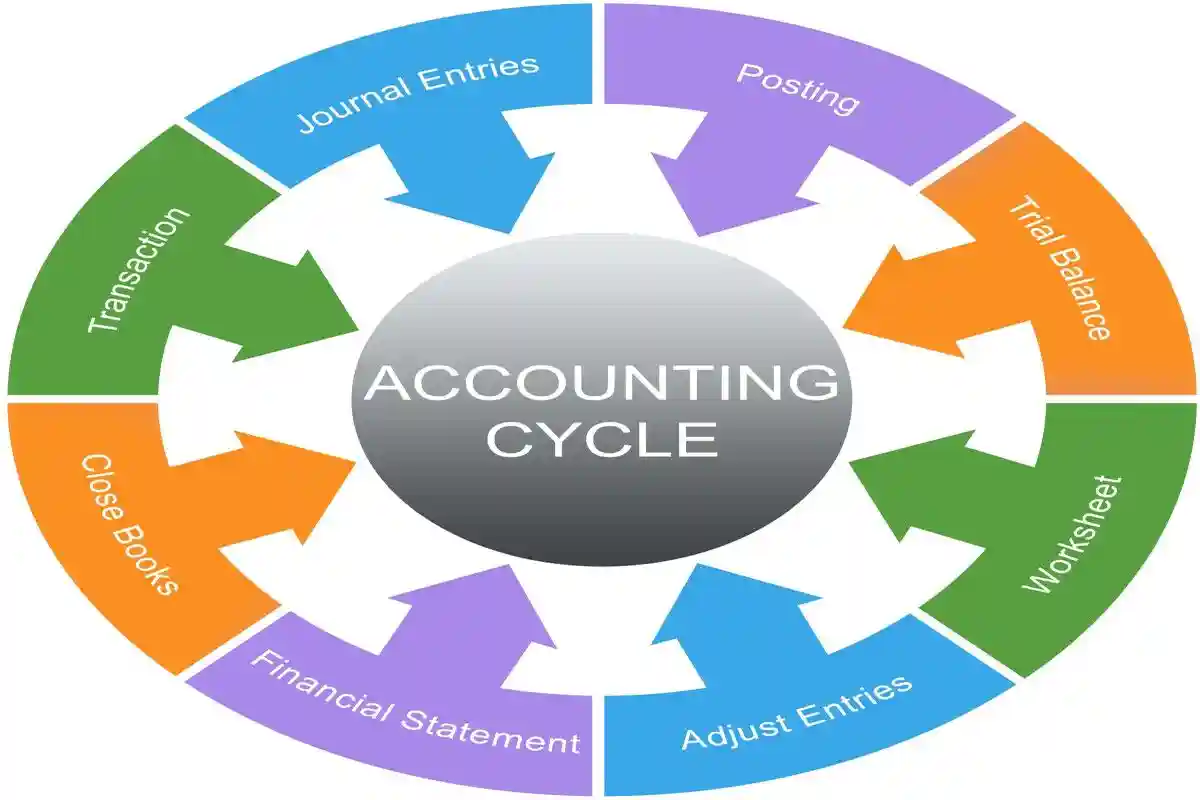
11. How should duties be segregated for effective controls?
Effective segregation of duties requires careful separation of key functions to reduce fraud risk and strengthen internal controls:
Critical questions regarding segregation of duties should address:
- Transaction Authorization: Establish clear policies detailing who has authority to approve different types of transactions, including specific dollar thresholds, required documentation, and secondary review requirements for high-value payments or unusual transactions. This strengthens internal controls by ensuring proper oversight of financial commitments.
- Transaction Recording: Implement strict protocols governing who can enter transactions into accounting systems, with separate individuals responsible for different transaction types. This segregation helps prevent manipulation of financial records that could lead to accounting fraud or trigger securities litigation.
- Asset Custody: Define explicit responsibilities for physical handling and safeguarding of assets, including cash, checks, inventory, and equipment. Maintain detailed custody logs and require dual control for high-value assets to enhance corporate governance.
- Independent Review: When complete segregation isn’t feasible due to staff limitations, establish compensating controls through independent review procedures. This should include detailed documentation review, verification of supporting materials, and regular audits by personnel not involved in the original transactions.
12. What are the principles of internal control?
The fundamental principles of internal control encompass:
- Ethical Values and Integrity: Foster an organizational culture that prioritizes honesty, transparency, and ethical behavior at all levels
- Board Oversight: Ensure active board engagement in monitoring control effectiveness and addressing deficiencies
- Organizational Structure: Establish clear reporting lines, authority limits, and accountability mechanisms
- Professional Competence: Maintain high standards for employee qualifications and ongoing training
- Accountability Framework: Define specific responsibilities for control activities and consequences for non-compliance
- Strategic Alignment: Set realistic objectives that support organizational mission and values
- Risk Assessment: Conduct thorough evaluation of potential threats to achieving objectives
- Fraud Prevention: Implement specific measures to deter and detect fraudulent activities
- Policy Implementation: Develop and maintain comprehensive control policies and procedures
13. How do controls affect external audits?
External auditors must thoroughly evaluate an organization’s internal control framework as part of their audit planning and execution. This assessment influences:
- Risk evaluation procedures for identifying potential material misstatements
- Assessment of factors impacting misstatement likelihood
- Development of appropriate audit timing and scope
- Selection of specific audit procedures and sample sizes
Organizations with robust internal controls typically experience more efficient audits with reduced testing requirements, as auditors can place greater reliance on existing control systems.
14. What are IT controls and why are they important?
Information technology controls play a crucial role in protecting financial data integrity and preventing securities litigation. Key considerations include:
- Access management protocols for financial systems
- Password security and authentication requirements
- System backup procedures and disaster recovery planning
- Data storage and protection measures
15. What are the benefits of strong controls?Corporate Governance
Implementing comprehensive internal controls provides numerous advantages:
- Reduced exposure to fraudulent activities
- Enhanced accuracy in financial reporting
- Operational efficiency improvements
- Strengthened regulatory compliance
- Increased organizational success potential
Contact Timothy L. Miles Today for a Free Case Evaluation
If you experienced significant losses and wish to serve as lead plaintiff in a securities class action, or have questions about securities litigation or shareholder rights, contact Timothy L. Miles at the Law Offices of Timothy L. Miles for a free consultation. Call 855/846-6529 or email [email protected] (24/7/365).
Timothy L. Miles, Esq.
Law Offices of Timothy L. Miles
Tapestry at Brentwood Town Center
300 Centerview Dr. #247
Mailbox #1091
Brentwood,TN 37027
Phone: (855) Tim-MLaw (855-846-6529)
Email: [email protected]
Website: www.classactionlawyertn.com
Facebook Linkedin Pinterest youtube
Visit Our Extensive Investor Hub: Learning for Informed Investors


